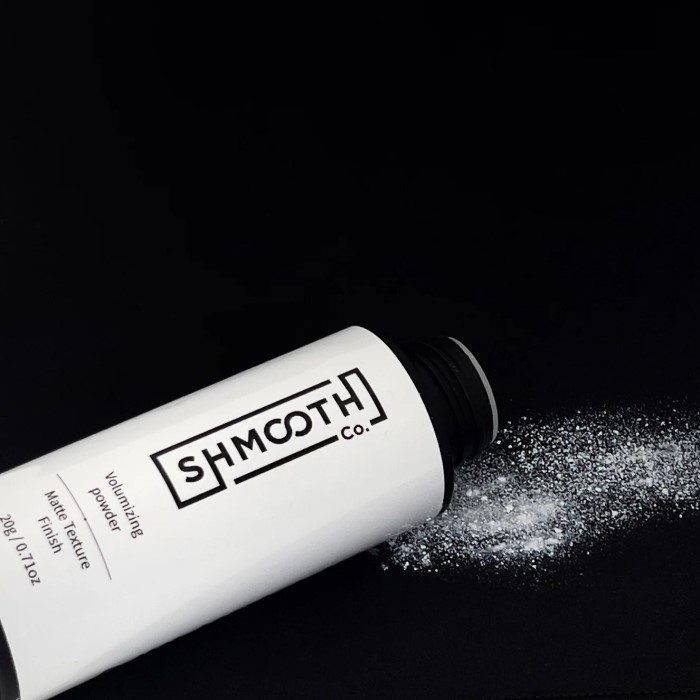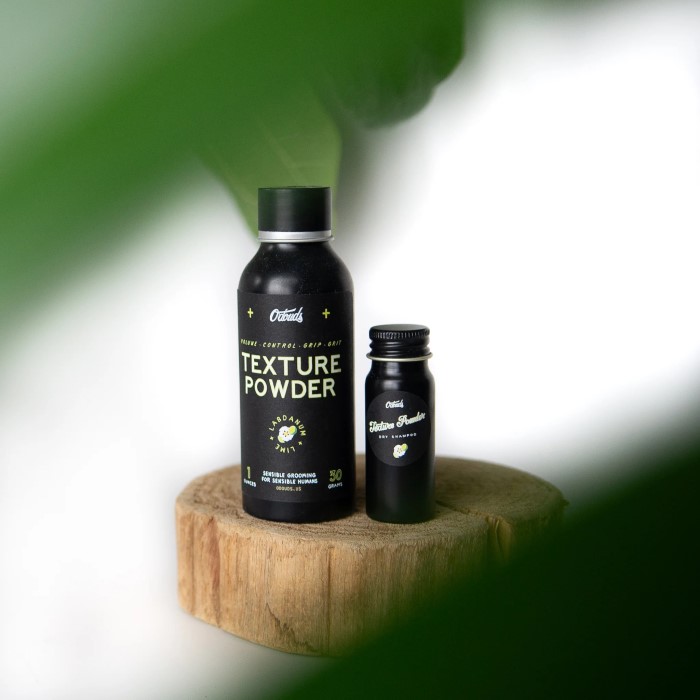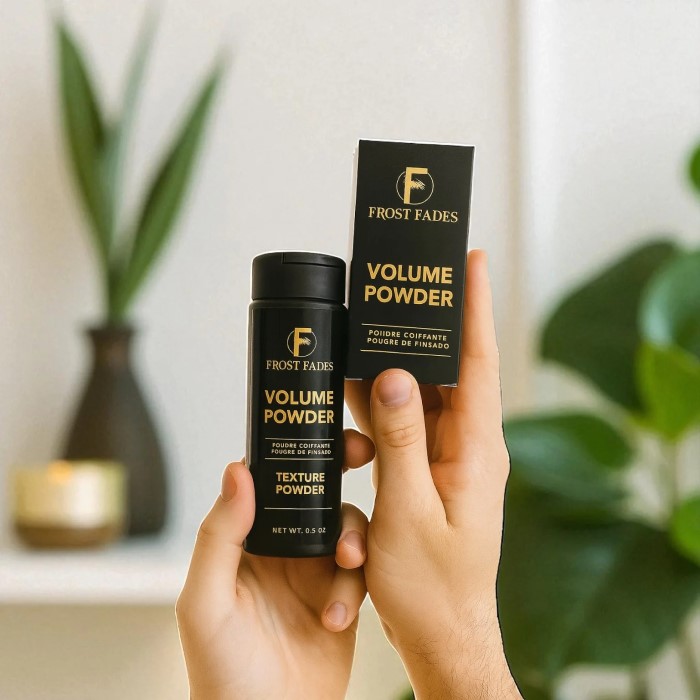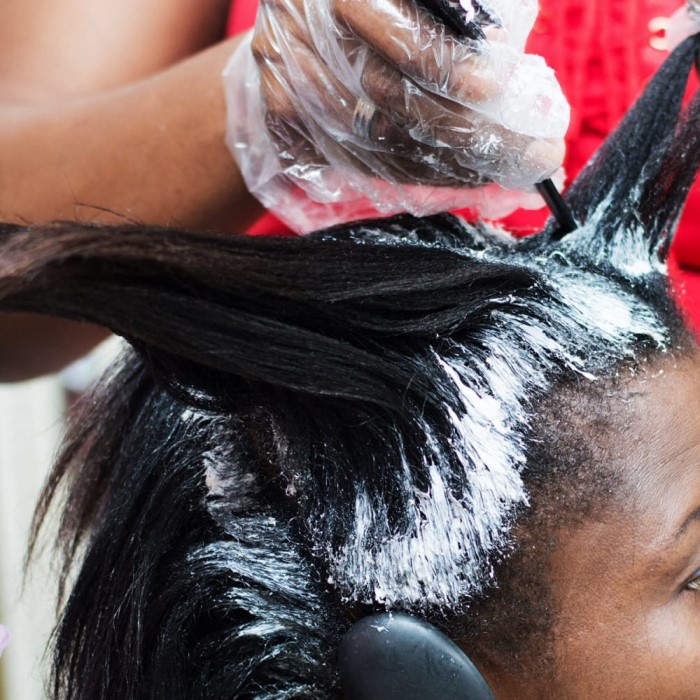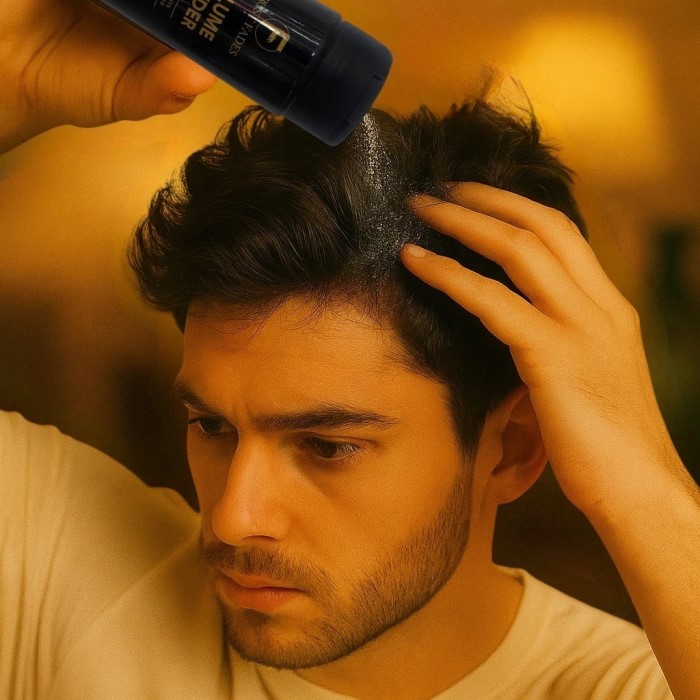
Is Your Hair Thinning? Does Texture Powder Cause Hair Loss?
Introduction: Understanding Texture Powder and Hair Loss
In recent years, hair styling products have become essential tools for achieving desirable looks. Among them, texture powder has gained popularity due to its ability to add volume, texture, and a carefree vibe to hairstyles. However, increasing concerns have emerged regarding the potential effects of texture powder on hair health, particularly its association with hair loss. In this comprehensive article, we delve into the pressing question: Does texture powder cause hair loss? We aim to clarify misconceptions, review ingredients, examine regular usage practices, and discuss the overall impact on hair health to assist readers in making informed decisions about their hair care routine.
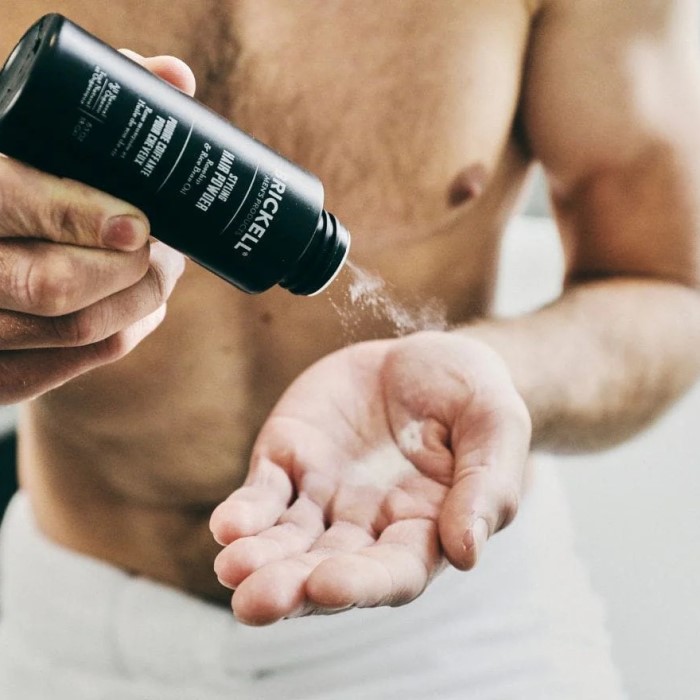
What is Texture Powder?
Texture powder, often referred to as texturizing or volumizing powder, serves as a lightweight styling product made primarily from fine starches or minerals. Many individuals appreciate its unique properties that enhance the hair’s appearance, giving it fullness without added weight.
To use texture powder, you typically sprinkle a small amount into your palm or directly onto the roots of dry hair. Then, massage it lightly into the scalp area and focus on the roots. This application allows users to create a variety of hairstyles, ranging from textured tousles to elegant updos. They appreciate how effortless the application process is, making it a go-to product for many.
Despite its benefits, proper usage is crucial. Misunderstandings about how to use texture powder safely can lead to hair care dilemmas, with potential consequences like hair thinning. Understanding the importance of choosing the right product and using it correctly can significantly impact your hair’s health.
Does Texture Powder Cause Hair Loss?
Does texture powder cause hair loss? Understanding whether texture powder can cause hair loss involves considering multiple factors. While there have been no definitive scientific studies directly correlating texture powder usage with hair loss, anecdotal reports and feedback from users draw attention to some important considerations.
The primary concern many users express is related to product build-up. When texture powder is not removed properly, it can accumulate on the scalp and hair strands. This build-up may clog hair follicles and lead to scalp irritation over time. Clogged follicles can impede hair growth, possibly resulting in thinning hair. Furthermore, the texture powder’s ingredients may vary significantly between different brands, meaning that some may contain harsher chemicals that exacerbate the situation.
In addition to potential product build-up, improper hair care habits can contribute to hair loss. The act of vigorously massaging or styling hair too often, especially when combined with dry shampoo or texture powders, can lead to mechanical stress on hair strands. This stress can result in breakage or thinning, further increasing the risk of hair loss.
Understanding the Ingredients in Texture Powders
An in-depth investigation into texture powders leads us to consider the ingredients used in these products. Different brands and formulations exist, so it’s essential to know what to look out for when selecting a product.
Texture powders typically contain the following key ingredients:
Silica
- Natural Mineral: Silica is a naturally occurring mineral that is commonly found in various types of sand and quartz.
- Oil Absorption: One of the key benefits of silica is its ability to absorb excess oil from the scalp and hair, helping to keep hair looking fresh and clean.
- Volume Enhancement: Silica adds volume to the hair without the heaviness that some other volumizing agents might impose, allowing for a light and airy feel.
- Non-weighing Formula: Its lightweight nature ensures that hair retains its natural bounce and movement, making it ideal for those seeking volume without compromise.
Starches
- Natural Sourcing: Starches are derived from natural sources such as rice, corn, or potatoes, and they are well-known for their versatility in hair care.
- Texture Provision: These ingredients offer a unique texture, which can help in styling and giving the hair a more lived-in look.
- Dry Shampoo Effect: Starches can act as a natural dry shampoo, effectively absorbing excess oil from the roots and providing a quick refresh for oily hair.
- Ease of Use: The use of starches in products allows for easy application and can be especially beneficial on busy days when a full wash and style aren’t feasible.
Clay
- Textural Enhancement: Clay components in hair products can promote a more defined texture, giving hair a more structured and voluminous appearance.
- Oil Control: These formulations are particularly effective at controlling oiliness, making them suitable for individuals with greasy hair types.
- Natural Ingredients: Many clays used in hair products are natural and can also offer additional benefits, such as nourishing the scalp and enhancing hair health.
- Styling Versatility: Clay products can also be used for styling, allowing for creative hairstyles while keeping oiliness in check.
Alcohol
- Presence of Drying Alcohols: Certain hair care products may contain drying alcohols, which are often used as solvents or preservatives.
- Moisture Stripping: While these alcohols can help products dry quickly, they may strip moisture from the hair and scalp, which can lead to dryness.
- Potential for Damage: Prolonged use of products containing drying alcohols may result in damaged hair, causing it to become brittle or frizzy over time.
- Careful Selection: It’s essential for consumers to read ingredient labels and choose products with hydrating properties or alternative ingredients to mitigate potential damage.
When choosing a texture powder, prioritize products with fewer harsh chemicals and a focus on natural ingredients. Products containing nourishing ingredients can help maintain hydration and support overall hair health.
How to Use Texture Powder Without Damaging Your Hair
To maximize benefits and minimize potential adverse effects, understanding how to use texture powder correctly is essential. Below are several best practices to ensure safe usage without risking hair damage:
- Start with Clean, Dry Hair: Clean hair provides the best foundation for texture powder. Using powder on oily or dirty hair can increase the risk of build-up and add stress to your follicles.
- Apply Sparingly: Less is often more with texture products. Start with a small amount and assess how your hair responds before adding more. It’s much easier to add than to remove.
- Focus on Roots: Concentrate application at the roots where you want to create volume and texture. Avoid applying too much product along the length of your hair to minimize build-up.
- Use Proper Application Techniques: A gentle massaging motion is best when working the powder into the scalp. Vigorous rubbing can create friction and weaken hair strands.
- Incorporate a Regular Washing Routine: Schedule regular wash days to remove any accumulated product residue. A gentle clarifying shampoo can effectively cleanse your scalp, removing build-up that may lead to hair loss.
- Monitor Your Scalp and Hair Health: Keep an eye on how your scalp feels after using texture products. If you notice irritation, itchiness, or increased hair thinning, reevaluate your product choices or seek out gentler alternatives.
- Limit Frequency of Use: For optimal results, consider using texture powder only when necessary. Giving your hair some product-free days will allow your scalp to breathe and promote overall health.
Does Texturizing Powder Damage Hair?
The possibility that texture powder might cause hair damage is a vital point of consideration. While the powder itself does not directly harm hair, improper usage can lead to scenarios that negatively impact hair health. Regularly applying excessive amounts of texture powder without thorough cleansing can lead to an unhealthy scalp environment. Factors such as dehydration, brittleness, and eventual hair thinning can develop through constant build-up and product neglect.
To avoid damaging your hair, the importance of adopting a balanced regimen cannot be overstated. Maintaining a consistent washing schedule, utilizing quality products, and avoiding excessive applications can lead to a healthier scalp—thus supporting your hair’s strength.
FAQs About Texture Powder and Hair Loss
Does texturizing powder damage hair?
Texturizing powder, when used correctly, does not damage hair. However, improper application and neglecting to remove product build-up can lead to issues such as scalp irritation, hair thinning, or damage over time.
Is it okay to use hair texture powder every day?
Using hair texture powder daily might not be advisable for most people. Over-processing hair with daily texture products can lead to build-up that irritates the scalp. Consider spacing out usage and implementing a firm cleansing routine.
How to use texture powder without damaging your hair?
To use texture powder safely, apply it sparingly to clean, dry hair at the roots. Gently massage it in and remember to wash it out regularly to minimize build-up.
What is the #1 cause of hair loss?
The leading cause of hair loss is hormonal changes, including conditions like androgenetic alopecia, commonly known as pattern baldness. Other influencing factors may include stress, nutritional deficiencies, and the frequent use of certain hair products.
Conclusion: Making Informed Choices About Texture Powder Use
In conclusion, the question of does texture powder cause hair loss does not have a straightforward answer. While there is no current scientific evidence directly linking texture powders to hair loss, proper usage is essential to avoid conditions that might lead to thinning hair.
To enjoy the benefits of texture powder without compromising hair health, understanding how to properly apply it, selecting quality products, and implementing a balanced washing routine are crucial steps. By prioritizing these practices, you can maintain vibrant, healthy hair while minimizing the risk of thinning or damage.
Always pay attention to your scalp and hair’s feedback. If you notice changes, such as increased thinning or irritation, it may be time to adjust your routine or consider alternative styling products suited to your hair needs. Ultimately, informed choices regarding texture powder use will help you achieve the voluminous, styled hair you desire without unnecessary risks.
